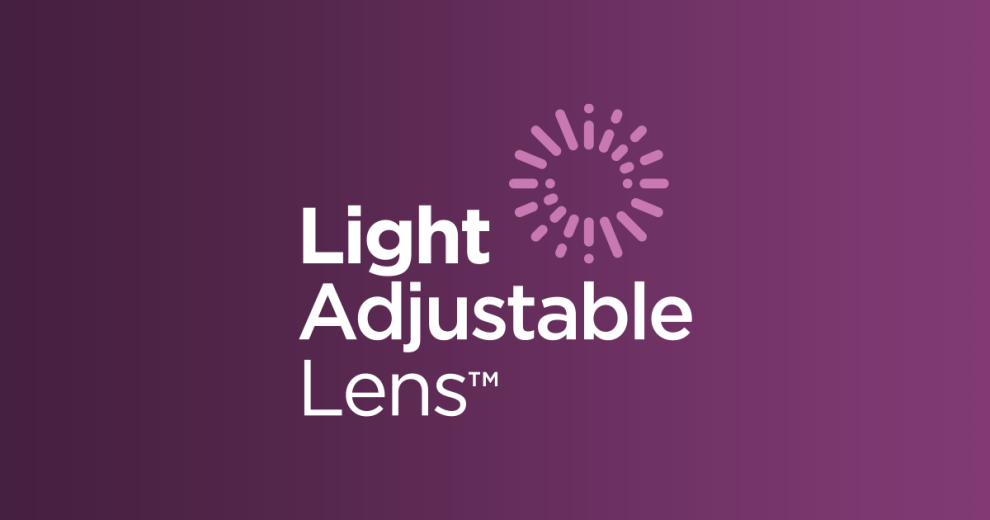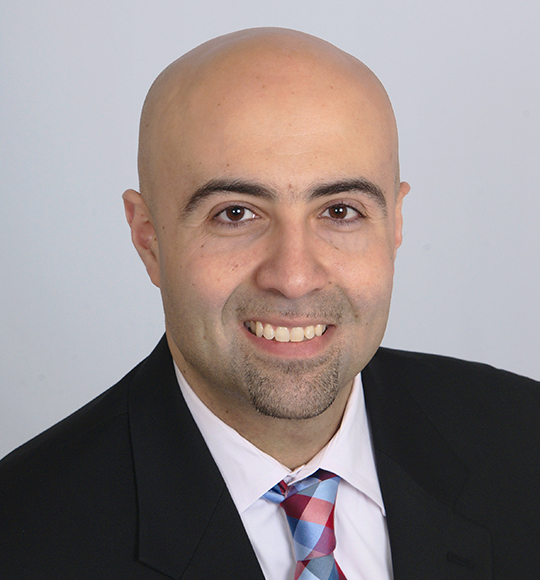Refractive Lens Exchange (RLE)
Refractive Lens Exchange (RLE)
A Comprehensive Overview
Refractive Lens Exchange (RLE) is a vision correction surgery that utilizes ultrasound technology to remove the natural lens of the eye and replace it with an intraocular lens (IOL). This procedure aims to reduce the reliance on glasses and contact lenses for improved vision.
Determining Ideal Candidates for Refractive Lens Exchange (RLE)
Refractive Lens Exchange (RLE) is a highly beneficial procedure for individuals who meet specific criteria. The following groups of people are often considered excellent candidates for RLE:
- Ages 40-50 and above: RLE is commonly recommended for individuals in this age range who experience refractive errors such as nearsightedness (myopia) or farsightedness (hyperopia), where distant or close objects appear blurry, respectively. It can address these visual issues effectively.
- Early cataract formation: Individuals experiencing the early stages of cataract development, where the natural lens of the eye becomes cloudy, may opt for RLE to not only correct their refractive errors but also to simultaneously treat cataracts.
- Presbyopia treatment: RLE can be an excellent option for individuals who wish to address presbyopia, which is characterized by the gradual decline in the ability to focus on close objects. By selecting a multifocal intraocular lens (IOL), RLE can provide improved near, intermediate, and distance vision, reducing or eliminating the need for reading glasses or bifocals.
- Alternative to LASIK: In some cases, RLE can serve as a viable alternative to LASIK, particularly for individuals with extreme refractive errors that may fall outside the treatable range of LASIK or other laser vision correction procedures.
Preparing for Your Surgery Day: What to Expect
Refractive Lens Exchange (RLE) is conveniently performed within our in-office surgery suite, requiring a remarkably short duration of approximately 7 to 10 minutes per eye. In most cases, both eyes can be treated on the same day, ensuring a streamlined process.
On the day of your surgery, you will be given a mild sedative to help you relax. Additionally, an anesthetic eye drop will be administered to numb your eye and ensure your comfort throughout the procedure. The surrounding skin will be thoroughly cleansed, and sterile coverings will be carefully placed around your eye to maintain a sterile surgical environment. To prevent any interference from blinking, an eyelid holder will be used to keep your eye open.
Using an operating microscope, your doctor will create a tiny opening in your eye. The natural lens will be gently fragmented and removed, utilizing ultrasound technology, and in some cases, assisted by a femtosecond laser. Subsequently, a plastic intraocular lens (IOL) will be implanted to replace the removed natural lens. Your doctor will determine the most suitable type of IOL for your specific needs (refer to the IOL options below). Notably, the small incision in your eye will close naturally without the need for stitches. In the following days, your vision is expected to gradually improve, with clarity typically returning within a few days.
It is important to discuss the available IOL options with your doctor to make an informed decision regarding the type of lens that will best meet your visual goals.
Types of IOL
Monovision Intraocular Lens (IOL): Enhanced Vision with Distance and Near Focus
Monovision lenses offer a unique approach to vision correction, wherein the dominant eye is corrected for distance vision, while the non-dominant eye is intentionally slightly undercorrected to maintain near vision capability. This technique allows patients to retain their ability to see objects up close. Remarkably, individuals who have previously experienced success with monovision in contact lenses often find similar positive outcomes with monovision IOLs.
Toric Intraocular Lenses (IOLs): Correcting Astigmatism with Precision
In a healthy eye, the cornea, which acts as the clear front window of the eye, has a circular shape. However, in eyes with astigmatism, the cornea takes on an oval shape, resulting in two points of focus within the eye. Astigmatism is a prevalent eye condition that affects millions of individuals and can cause blurry or distorted vision, both at a distance and up close. Fortunately, with the advancement of lens technology, it is now possible to effectively address astigmatism using Toric lenses specifically designed for astigmatism correction. These premium Toric lenses have received FDA approval and are implanted during cataract surgery to replace the clouded lens, providing a comprehensive solution for both cataracts and astigmatism.
Multifocal Intraocular Lenses (IOLs): Enhancing Vision at Multiple Distances
If you desire freedom from glasses after surgery and find monovision (one eye set for distance and the other for near vision) unsuitable for your needs, it is worthwhile to inquire about the possibilities offered by multifocal lenses. Multifocal IOLs, such as the Tecnis Multifocal (MF) lenses, provide advanced vision capabilities for both distance and near, regardless of your pupil size. These lenses employ diffraction rings that split incoming light into distinct distance and near images, allowing your brain to focus on the appropriate visual information.
Tecnis MF IOLs offer excellent distance vision and are available in three power options for close vision: +2.75 for intermediate tasks, +3.25 for reading at a comfortable distance, and +4.00 for very close tasks. It is important to note that one drawback of MF IOLs is the potential for observing halos (rings around lights) or haloing (blurring around point light sources) at night or in low-light conditions, resulting from the rings on the optic surface (as illustrated in the animation below). While these night vision symptoms are typically mild and tend to improve over time for most patients, they may occasionally impact nighttime driving or certain visual activities. Another consideration is that MF IOLs provide a single clear near point of focus rather than a full range of vision.
Discussing your visual goals and concerns with your eye care professional will help determine if multifocal IOLs are the right choice for you, considering the trade-offs associated with enhanced near and distance vision.
Introducing the LIGHT ADJUSTABLE LENS™ From RxSight®
Despite numerous advances in modern cataract surgery technologies, many patients continue to be disappointed with their vision outcomes. That is why RxSight developed the first IOL that allows your physician to optimize your vision after your cataract surgery rather than trying to predict how the IOL will perform in your eye before your surgery.
With the Light Adjustable Lens, you will have the unique ability to adjust and preview your vision until it meets your personal desires and lifestyle requirements. This optimization is done by your eye doctor after lens implantation through a series of light treatment procedures that take only a few minutes each.

Understanding the Potential Risks of Refractive Lens Exchange

Like any surgical procedure, refractive lens exchange (RLE) carries certain inherent risks. While these risks are extremely rare, it is important to be aware of them. They are comparable to the risks associated with cataract surgery and include potential complications such as bleeding, swelling, infection, retinal detachment, and capsular opacification. During your pre-operative consultation, your doctor will take the time to address any concerns you may have and provide a comprehensive explanation of these risks, ensuring that you are well-informed before making any decisions regarding RLE.
Refractive Lens Exchange Surgery at Eye Specialists & Surgeons of Northern Virginia: Advanced Laser Vision Correction
Refractive Lens Exchange surgery is a highly effective refractive surgery alternative designed specifically for individuals aged 40-50 and above who experience presbyopia, farsightedness, or nearsightedness. To determine if RLE is the optimal choice for your vision correction needs, we invite you to schedule a complimentary consultation at Eye Specialists & Surgeons of Northern Virginia. Our experienced team is here to address any inquiries you may have and assist you in booking your consultation at one of our convenient locations. Reach out to us today, either by phone or through our online contact form, and take the first step towards achieving clear and vibrant vision.
The Doctors at Eye Specialists & Surgeons of Northern Virginia have either authored or reviewed and approved this content.

